VancouverÔÇÖs massive $1.4 billion Sen╠ô├íß©Áw development, to be heated and cooled by a zero-carbon district energy system drawing energy from the sewage and wastewater system, has hit a couple of political road bumps.
The massive undertaking is in the final phases of design, which engineers estimate will return three to four times the energy needed to drive it, offsetting 4,000 tonnes of greenhouse gases annually. But the development has sparked last minute controversy over the way it was approved by Vancouver City Council.
The Kits Point Residents Association has filed a court action seeking judicial review of the deal to service the project approved in camera by Vancouver council. They worry about increased traffic from the anticipated 12,000 new residents.
Meanwhile, Squamish First Nation, on whose reserve the development will stand, has objected to both the petition for judicial review and the British Columbia Utilities Commission (BCUC), which pushed back against that deal, saying the heating and cooling system must undergo public hearings.
Squamish leaders say the reserve is First Nation land and thus sovereign and not subject to any approvals by council or the BCUC. In turn, they are under pressure for the project to proceed to meet financing milestones.
Politics aside, the engineering is proceeding but must also wait on the BCUC approval.
Creative Energy is already the owner and operator of one of the largest district energy systems in North America, having operated for 50 years in downtown Vancouver.
They operate five energy systems, with new low-carbon district energy projects under development across North America. Systems employed include heat recovery, geo-exchange, ocean-exchange, co-generation and micro-grids.
They are also redeveloping their original downtown Vancouver facility with the ultimate goal of de-carbonizing it.
Also, important for the Squamish First Nation, the total development will generate about $10 billion and provide housing for band members. It is the largest real estate development by a First Nation in ║┌┴¤│È╣¤═°. It is being underwritten by a $1.4 billion federal government loan for the first of two of four phases.
Creative Energy vice-president of development Diego Mandelbaum says is the final strokes on the $26 million system are being completed with hope that shovels will go in the ground in 2024 or 2025.
ItÔÇÖs an expansive system with cooling towers on the roof and the design takes advantage of the vertical structures.
New development with natural gas has been banned in Vancouver so the system was also born out of necessity, though net-zero was a prime goal of the client.
The development itself is 3.8 million square feet of floor area over 11 towers on the 11-acre site on what is a Squamish First Nations reserve returned to them in 2003 after they were forcibly evicted in 1913.
The plan by Creative Energy is to tap into the energy of the Metro Vancouver Regional District sewer and extract heat in winter and cooling in summer, Mandelbaum says.
The concept is becoming common practice with the heating and cooling lines carrying a medium line which circulates around the sewage and wastewater lines either passing on heat energy or picking up heat energy.
That thermal energy is then processed through centralized high-efficiency heat pumps powered by electricity from the B.C. grid which is mostly hydro with some forest biomass, wind and landfill gas.
There is also redundant back up and auxiliary systems engineered in. For peak usage during winter cold snaps, electric boilers will be online while there are also natural gas boilers for back up, Mandelbaum says.
ItÔÇÖs a fairly easy connection with the regional districtÔÇÖs trunk sewers between Kitsilano and the downtown Vancouver peninsula, which crosses through the reserve, with one sewer next to the Burrard Street bridge and another sewer following Chestnut Street. There are no anticipated disruptions of wastewater and sewage processing, Mandelbaum says.
The system aims to eliminate 140,000 tonnes of GHG emissions over 30 years compared to natural gas heating and has built-in expansion capability.
As a regulated public utility, Creative Energy submitted for project approval from the BCUC in 2022 and expects the first phase of the project to be completed in 2024 but thereÔÇÖs been pushback from the Squamish First Nation.
This will position Sen╠ô├íß©Áw to be the largest carbon neutral rental development in ║┌┴¤│È╣¤═°.


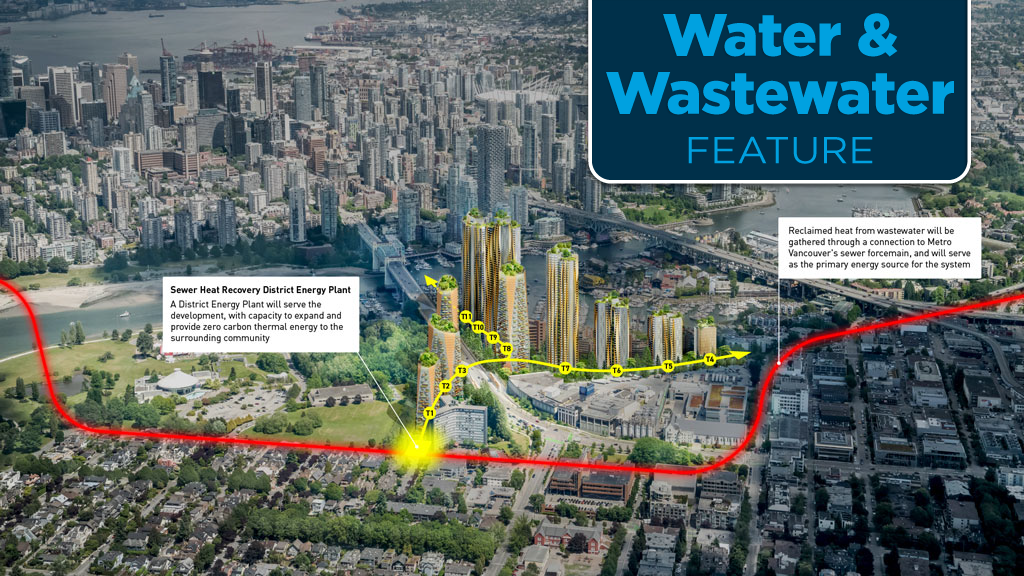
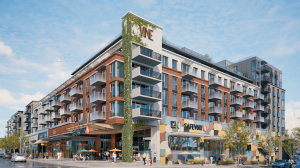
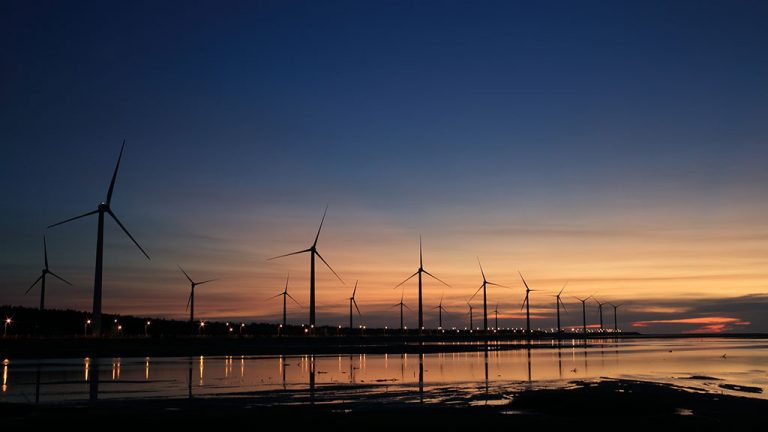

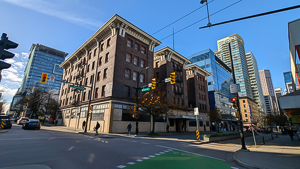
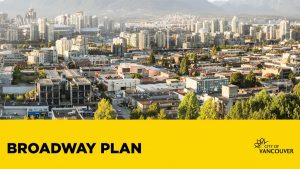
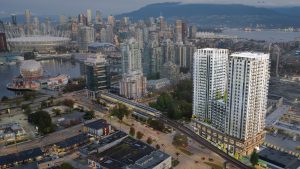


Recent Comments
comments for this post are closed